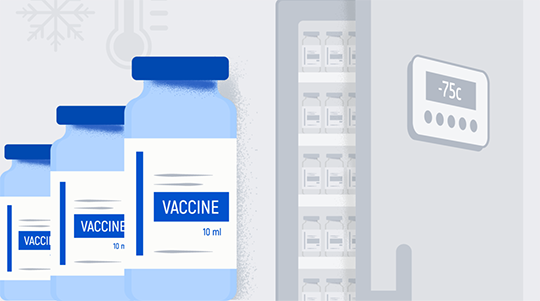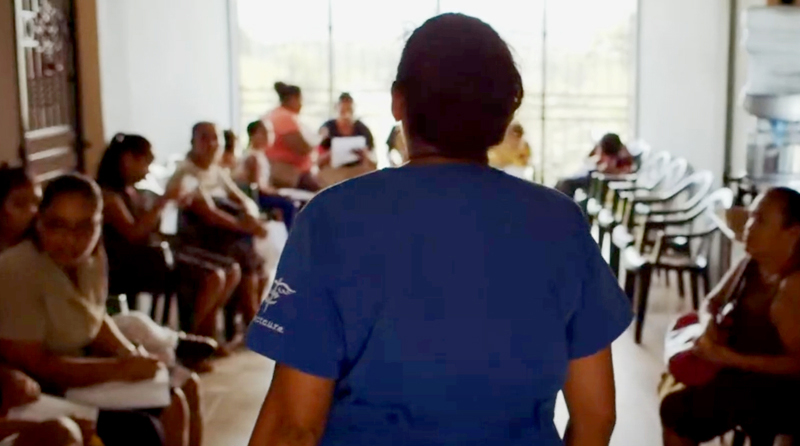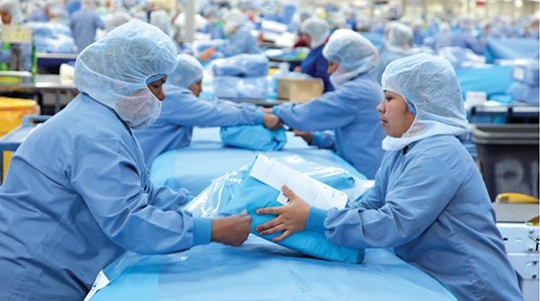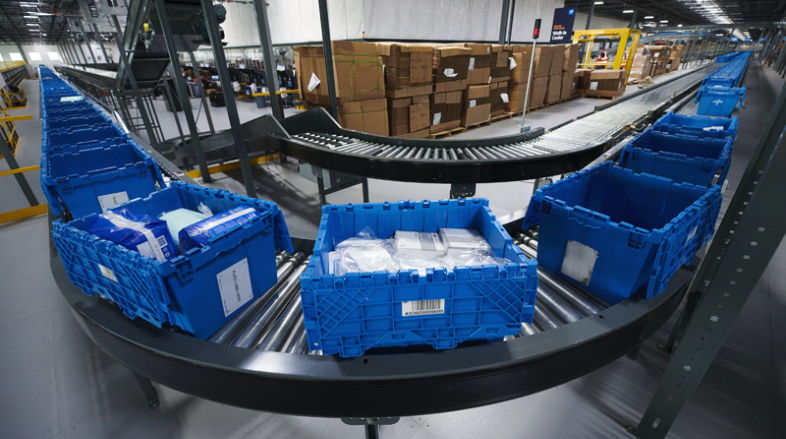Welcoming clinical laboratories to the supply chain table
Lab is integral to medical decisions, so why not overall hospital purchasing decisions?
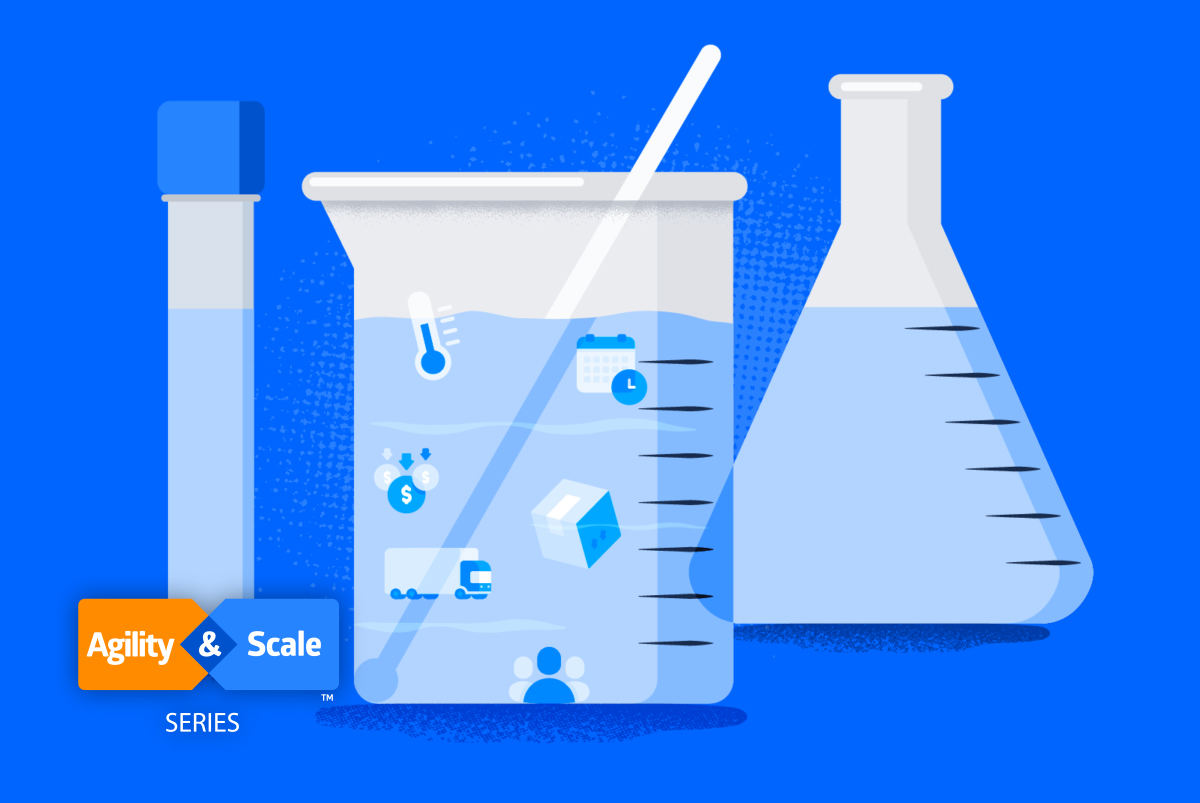
A patient entering an emergency room with certain symptoms will undergo at minimum a CBC (complete blood count) and urinalysis—two tests representing just a fraction of what the hospital’s laboratory departments will process that day. In fact, 14 billion lab tests are ordered annually, and 70 percent of medical decisions depend on laboratory results, according to the Centers for Disease Control and Prevention.1
So why then has the lab historically operated independently of hospital supply chain when it comes to navigating the winding road of contracting, negotiating and procurement? There are a few things we can point to:
- To ensure reliable test results, laboratories are held to rigid scientific and regulatory processes. Any substitution of known regents, consumables, controls and validated standard processes—the foundation for laboratory testing—requires extensive performance verification before any modified test system and its processes can be placed into production.2
- Lab supplies historically have been sourced from foreign countries.
But then COVID happened, upending the balance between demand and capacity, compromising established laboratory supply chains, exacerbating product stockouts and shortages, and creating a burning platform for clinical lab leaders, hospital supply chain leaders and their distribution partners to once and for all defy convention and, together, rethink the laboratory supply chain strategy so that catastrophic disruptions can be avoided in the future.2
The clinical lab accounts for approximately 6 percent of a health system’s med-surg supply spend.3 When disruption on the scale of COVID occurs, including lab in a health system’s overall supply chain strategy makes good business sense. So does choosing the right supply partner.
The right distributor
Leading distributors like Medline were already somewhat down this path, fostering a more strategic partnership with customers—one that’s involved digging deeper into a hospital’s clinical operations, including laboratory logistics, and having a more holistic mindset. This means:
- Being flexible
- Servicing the entire continuum of care
- Providing dedicated clinical solutions
- Impacting patient outcomes while focusing on long-term decisions that are in the best interest of both the supplier and customer
When consolidating supply chain services, a health system must be able to realize not only savings and process efficiencies but also have access to resources required to achieve its transformational goals. Additionally, the ability to standardize pricing, consolidate vendors, and provide reporting and visibility across the entire continuum of care are key to a successful partnership.
Distributors should have as deep an understanding of lab logistics as their health system counterparts and be able to serve as subject matter experts who can support the clinical lab’s needs and respond to its unique logistics challenges. These lab-specific challenges include but are not limited to:
- A lack of data transparency
- Over-complicated/inflated cost structures for both contracted and non-contracted items
- Inflexible logistics, including delivery days and on-hand inventory
- An overall lack of service with dedicated lab reps/specialists
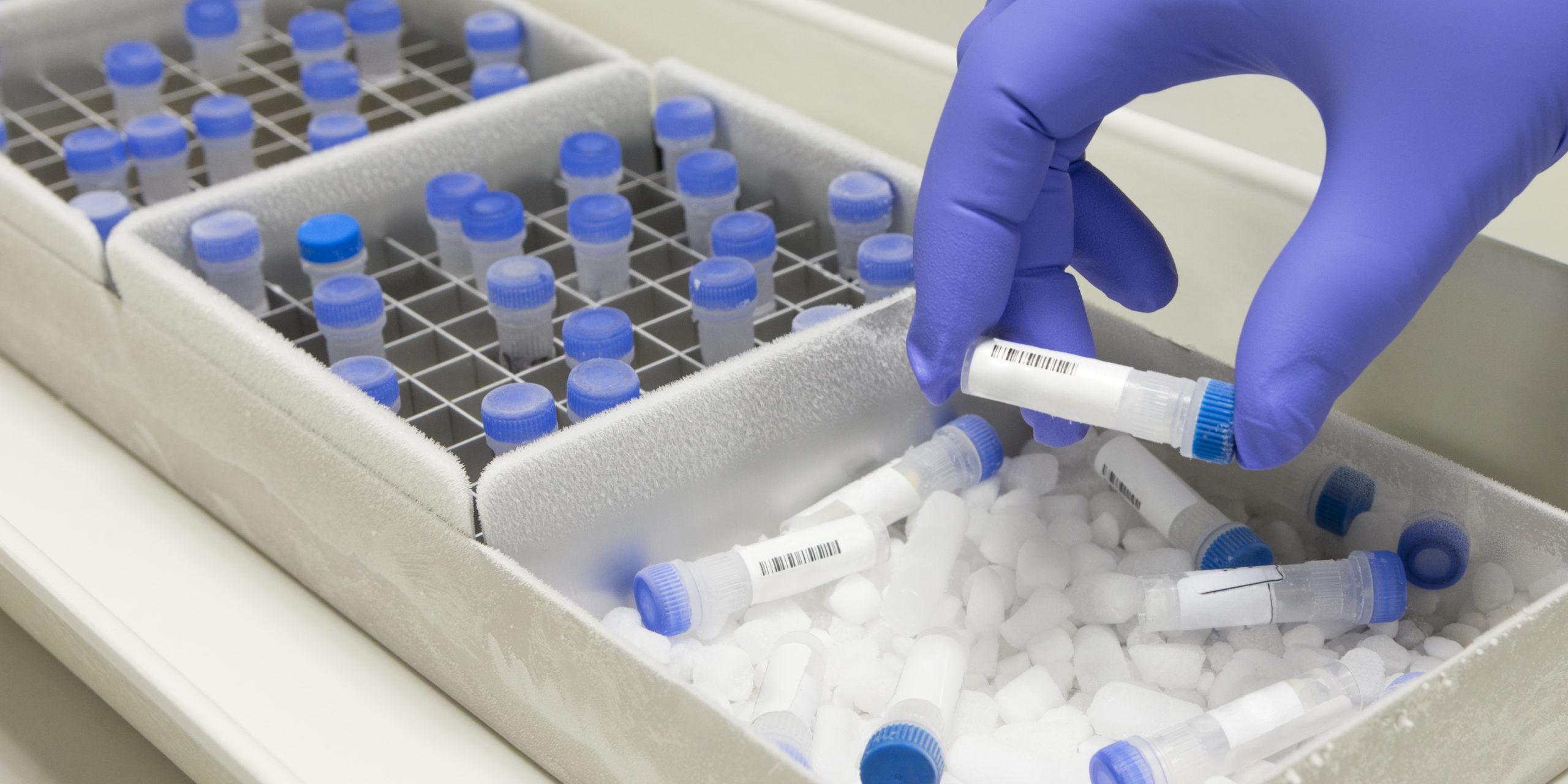
The cold chain
A particular challenge in the lab setting amid COVID is the cold chain for vaccine distribution—otherwise known as a “low temperature-controlled” supply chain, which includes all vaccine-related equipment and procedures. It begins with the cold storage unit at the manufacturing plant, extends to the transport and delivery of the vaccine and correct storage at the provider facility, and ends with administration of the vaccine to the patient.4
Beyond the logistical hoops required along the way from manufacturer to end recipient, labs often face additional challenges, not the least of which is inadequate device units for cold storage. Small pharmacies must contend with more and more equipment in their already confined spaces, and small refrigeration units just won’t do.
The good news is that relative to lab logistics, vaccine production and distribution has elevated innovation and the technologies for cold chain—a testament to how key players can adapt, pivot and quickly find solutions to keep the essential supply chains intact so that everyone can benefit. For example, because of latest tracking technology and supply-chain visibility systems, supply chain leaders can closely monitor shipments to ensure that temperatures are maintained and doses arrive as expected, providing real-time data so that distributors can intervene if needed.5
The lab specialist
Because laboratory departments have generally preferred operating on their own (knowing their own unique circumstances, operations and technology), they typically haven’t had experience working with the hospital’s larger supply chain team.
A responsible distributor understands the essential role its own lab specialist can play in earning the department’s trust and representing its unique needs and interests throughout the purchasing process, so that the health system can meet and exceed its goals.
Top challenges and solutions for lab supply chain
CHALLENGE 1
Products arrive too late in the day
Solution 1: Agreed-upon delivery time before lab supply chain staff leave for the day
Solution 2: Put-away-ready in lab often includes labeling of each unit of measure with date and/or time stamp or other special handling once received
CHALLENGE 2
Products do not arrive on the expected date
Solution 1: Take advantage that hospital and reference laboratories run 24/7
Solution 2: Establish notifications for shipment delays
CHALLENGE 3
Temperature-sensitive deliveries
Solution 1: Boxes must clearly state refrigerator or freezer temperature sensitive materials
In fact, Medline is training lab specialists to handle both research and clinical labs within the walls of the hospital, which has led to better price accuracy and control across the entire supply chain.
Many have firsthand clinical lab experience, and with that, a deep understanding of the workflow, processes and procedures within the space. These resources ensure the clinical and technical expertise necessary to support a growing and dynamic lab environment.
Key takeaway
It’s no secret that COVID has tested healthcare supply chains like never before, creating uncertainty throughout the industry and leaving little time to react to ever-changing conditions. But when a supplier can bring to a major health system a holistic supply chain strategy that’s inclusive of lab logistics and cold chain success, everyone—especially the patient—will reap the rewards.
References:
- https://www.cdc.gov/csels/dls/strengthening-clinical-labs.html
- https://newsroom.vizientinc.com/how-covid-changed-long-held-hospital-lab-and-supply-chain-assumptions-and-what-we-can-learn.html
- Internal data
- https://www.cdc.gov/vaccines/hcp/admin/storage/toolkit/storage-handling-toolkit.pdf
- https://www.pharmtech.com/view/tracking-technologies-safeguard-vaccine-cold-chain
